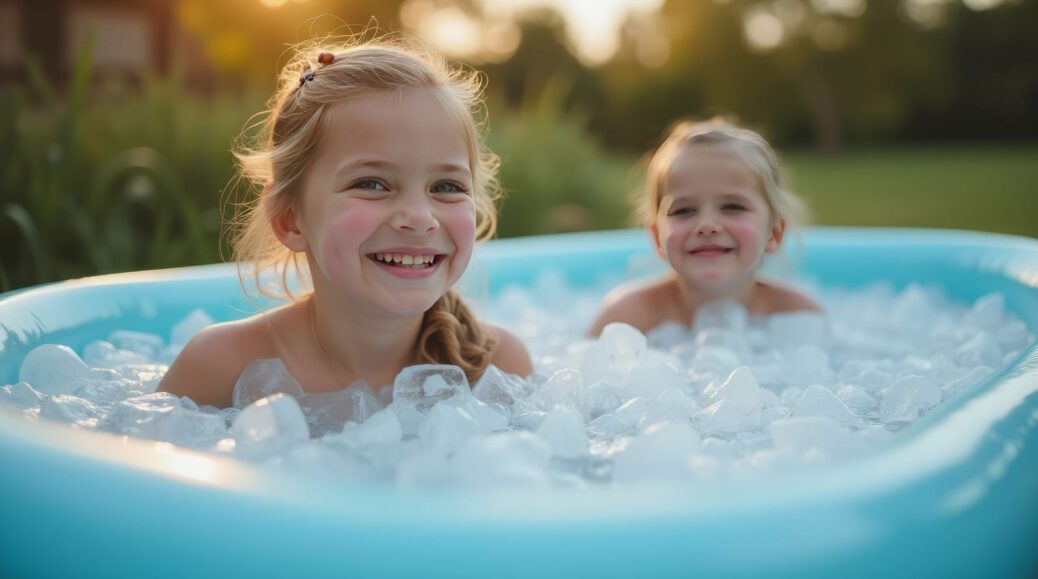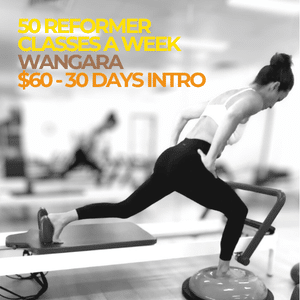From athletes to new moms, adults have been embracing ice bath therapy and experiencing its health benefits. Now, parents are considering it for their children as well. However, there remains a question about the safety of children.
Athletes and fitness enthusiasts find ice bath therapy good for reducing muscle swelling and inflammation, but is it safe for children? Children’s bodies respond differently to extreme cold, raising concerns about potential risks.
What is Ice Bath Therapy?
In ice bath therapy, one takes a dip in cold water that has ice in it. The water’s temperature generally ranges between 10 and 15 degrees Celsius. The ice bath duration is short, ranging from a few seconds to several minutes. Brands like Recover offer the best ice bath therapy and help your muscles relax. Ice bath therapy improves blood flow and reduces inflammation and muscle soreness, so it is a good practice after extensive physical activity.
Potential Benefits for Children
Children can also benefit from ice bath therapy if done safely and appropriately. Parents who are looking forward to introducing ice bath therapy to their children should be aware of its risks and benefits. This will minimise risks and ensure a safe experience.
- Enhanced Recovery in Young Athletes: Young athletes, like adolescents, often face muscle soreness due to rigorous training, and ice bath therapy works wonders for them as it reduces delayed-onset muscle soreness (DOMS). It also helps in fast recovery, but there is still little research on the effects of ice bath therapy on the young population.
- Improved Circulation: Ice bath therapy works best in circulating blood, and it is good for cardiovascular health. Ice bath therapy helps in blood flow in adults, and the theory can extend to children, but there is no concrete study on it yet.
Risks and Concerns
Ice bath therapy definitely has potential benefits for children, but many risks and concerns accompany it that cannot be overlooked.
- Hypothermia: Children are more prone to hypothermia in extremely low temperatures than adults because they have a larger surface area-to-body mass ratio.
- Cardiovascular Stress: Taking a sudden dip in cold water can cause cardiovascular stress, which can probably lead to many complications, especially in children with already existing heart conditions.
- Shock Response: Our bodies have a natural “cold shock” response, due to which rapid breathing and increased heart rate are common but can be distressing and potentially dangerous for children.
- Lack of Research: Many research studies on ice bath therapy exist, but its long-term effects and safety in children have not yet been studied. Also, limited information exists about how children’s bodies respond to extreme cold conditions. Consequently, there is no concrete evidence of whether ice bath therapy is safe for children.
Expert Opinions
Dr. Michael Hamlin, an exercise physiologist, cautions: “While cold plunging has been used for its health advantages, it’s crucial to consult a healthcare professional before starting, especially for children.”
Experts suggest that children should be gradually exposed to ice bath therapy and must be monitored. Start with less intense cold exposure for a brief period, then gradually increase the time and coldness of water.
Safety Recommendations
Ice bath therapy can be given to children, and parents who want to try it with their children should follow some precautionary advice.
- Consult a Healthcare Professional: A health provider is the right fit for your family! Before giving children any form of cold therapy, consult your health provider, who is familiar with the child’s medical history.
- Supervised Sessions: There should be at least one adult supervising a child’s response in ice bath therapy and intervening if there is a sign of discomfort.
- Limit Exposure Time: Children cannot take long ice bath therapy, at least initially. So, start with a few seconds and gradually increase the time with tolerance.
- Avoid Head Immersion: To reduce the risk of the “cold shock” response, heads should be kept out of water, and only bodies should be immersed in children.
- Observe for Adverse Reactions: When children take ice bath therapy, be observant and see if there is a sign of discomfort, excessive shivering, or distress. These reactions to cold water need immediate help from doctors.
- Warm-Up Post-Immersion: After ice bath therapy, dry the child immediately and properly and dress them in warm clothing to restore normal body temperature.
Final Thoughts
Ice bath therapy has many health benefits, but there is no concrete evidence that it is safe for children. So, before letting your child take a cold water dip, consult your health provider and take precautions.










